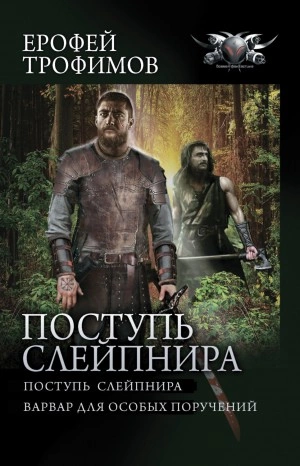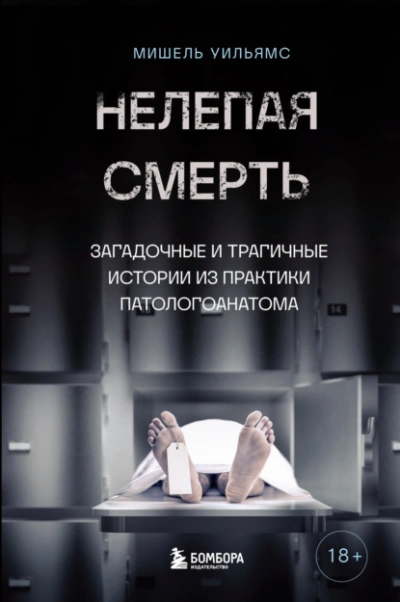Форма входа
Читем онлайн Мозг и тело. Как ощущения влияют на наши чувства и эмоции - Сайен Бейлок
Шрифт:
-
+
Интервал:
-
+
Закладка:
Сделать
На этой странице вы можете бесплатно читать книгу Мозг и тело. Как ощущения влияют на наши чувства и эмоции - Сайен Бейлок бесплатно.
Похожие на Мозг и тело. Как ощущения влияют на наши чувства и эмоции - Сайен Бейлок книги
- Как рождаются эмоции. Революция в понимании мозга и управлении эмоциями - Лиза Барретт - Прочая научная литература
- «Ванти» – быть здоровым. Пищевые, биологические, биотехнологические особенности дынного дерева, гелиотеплица, чай из папайи, Туркменистан - Ахмет Пенджиев - Прочая научная литература
- На цифровой игле. Влияние гаджетов на наши привычки, мозг, здоровье - Андерс Хансен - Здоровье / Прочая научная литература
- Бессмертное существование - MAMKIN FEN inc. - Прочая научная литература / Периодические издания
- Мы – это музыка. Как музыка влияет на наш мозг, здоровье и жизнь в целом - Виктория Уильямсон - Прочая научная литература
- Штурм мозга - Борислав Козловский - Прочая научная литература
- Проклятие Тутанхамона - Крис Огилви-Геральд - Прочая научная литература
- Самурайский дух. 2000 – 2003. Япония. SWA boxing - Сергей Иванович Заяшников - Биографии и Мемуары / Менеджмент и кадры / Прочая научная литература
- Как запомнить все! Секреты чемпиона мира по мнемотехнике - Борис Конрад - Прочая научная литература
- Путеводный нейрон. Как наш мозг решает пространственные задачи - Майкл Бонд - Биология / Прочая научная литература







